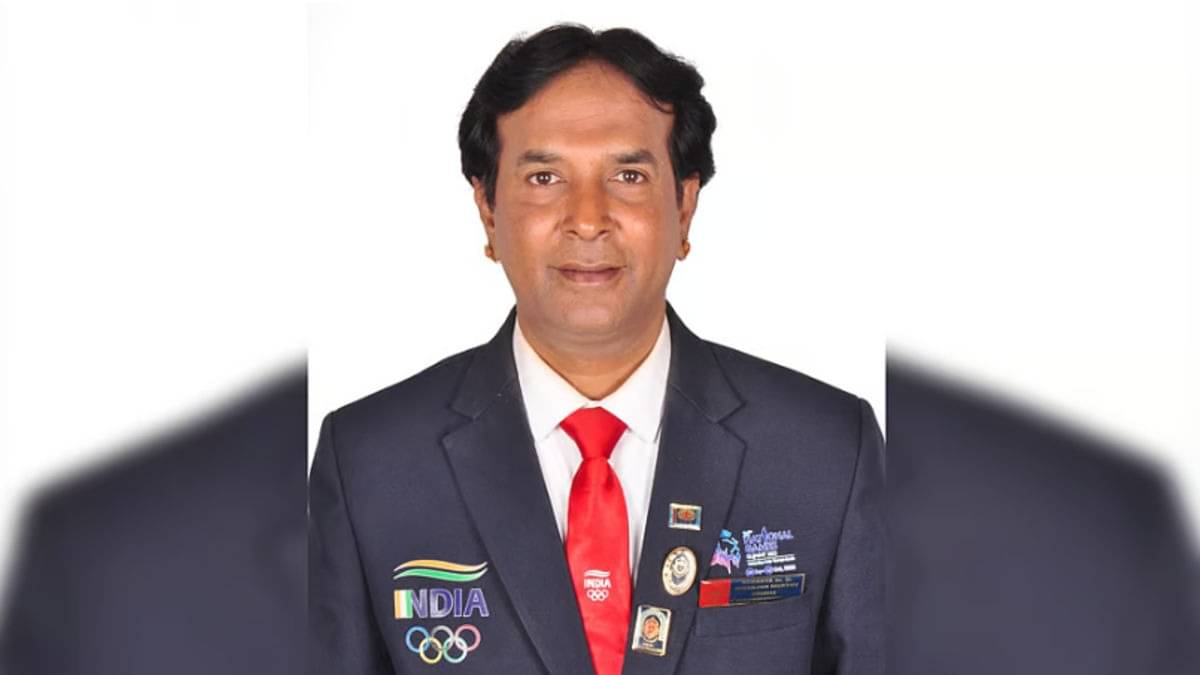Now Reading: Kerala Assembly Clash: Opposition Walks Out Over Soaring Retail Inflation
-
01
Kerala Assembly Clash: Opposition Walks Out Over Soaring Retail Inflation
Kerala Assembly Clash: Opposition Walks Out Over Soaring Retail Inflation

### Rapid Summary
– Kerala reportedly has the highest retail inflation rate in India at 9.04% in August, compared to the national average of 2.07%, sparking a debate in the State Assembly.
– Opposition UDF criticized the ruling LDF government for failing to address rising prices of essential commodities, blaming ineffective market intervention measures and monitoring.
– Minister for Food and Civil Supplies G.R. Anil countered, saying prices of important items like meat, milk, fish, sugar have not risen and vegetable prices are down; high inflation attributed to select items like oil/fats and gold/silver instead.
– UDF claimed Kerala has led retail inflation numbers for eight months consecutively and accused the government of raising subsidized commodity costs despite prior assurances against increases.
– Leader of opposition V.D Satheesan alleged financial strain on middle-class households due to price hikes affecting family budgets by ₹10,000-₹15,000 monthly compared to previous years.
– Declining foreign remittances alongside “reverse remittance” trends (money outflows from migrant workers) were flagged as worsening Kerala’s economy further.
—
### indian Opinion Analysis
The significant disparity between Kerala’s retail inflation rate (9.04%) versus the national average (2.07%) underscores critical economic challenges unique to the State’s fiscal ecosystem. While G.R Anil emphasized selective causes such as luxury goods influencing data – asserting that consumer staples remain unaffected – opposition claims about prolonged high inflation demand scrutiny given broader impacts on household budgets.
UDF’s concerns about insufficient market intervention measures point towards potential gaps in governance that may need systemic corrections or proactive policy actions from authorities going forward. Additionally, dwindling foreign remittances coupled with migrant worker outflows (“reverse remittance”) could pose long-term risks if not mitigated – highlighting vulnerability within a reliance-based economic model Kerala has maintained historically.
Balanced solutions might involve enhancing local production capacities or implementing sustained subsidies targeted directly at alleviating middle-class stress without exacerbating fiscal strain long-term-a call resting firmly upon coordinated state machinery agility amidst pressures surfacing widely across debates witnessed herein legislative contexts
Read more:
























